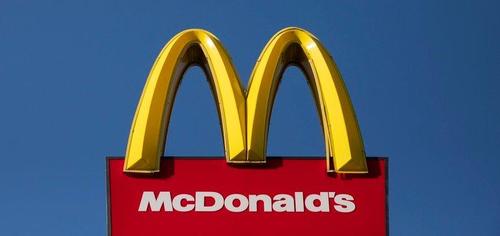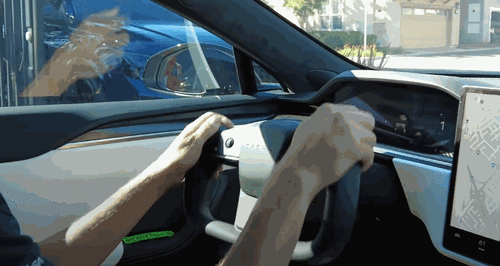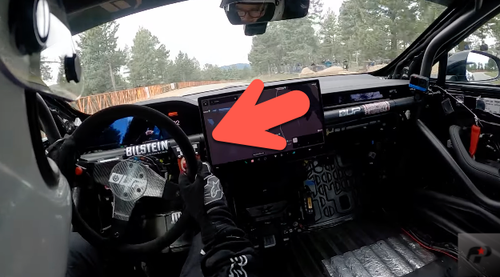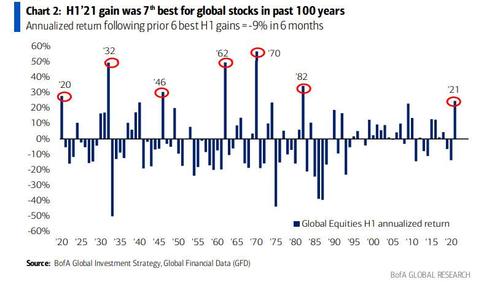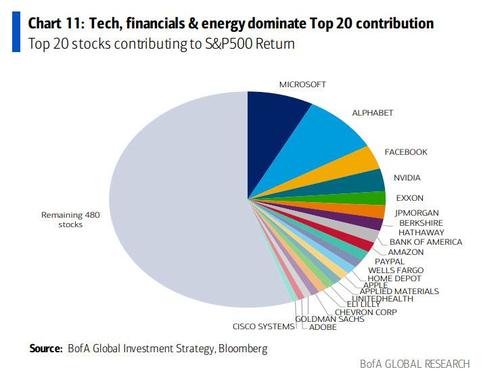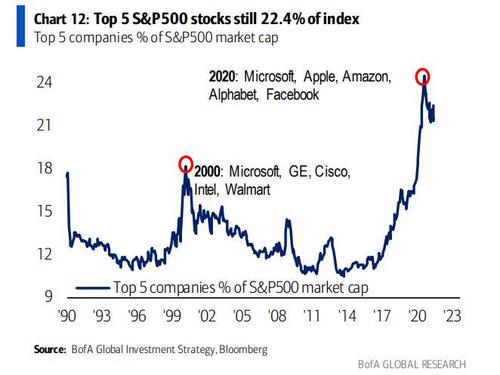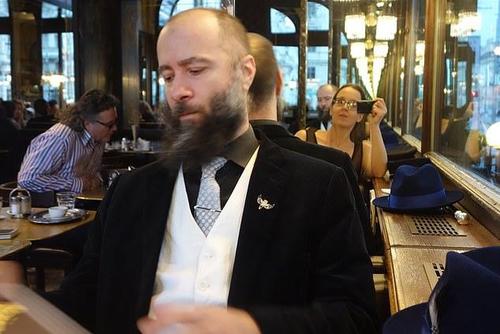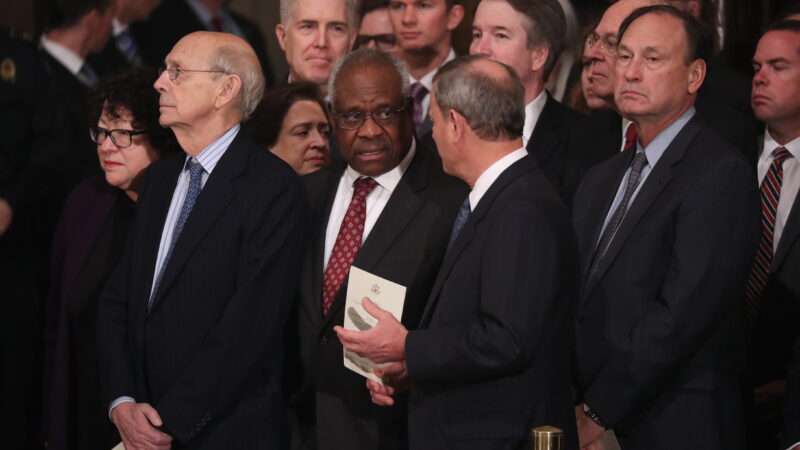
In 2005 the U.S. Supreme Court allowed a local government to bulldoze a working-class neighborhood so that a private developer would have a blank slate on which to build luxury apartments and other upscale amenities. That development scheme was supposed to widen the local tax base. But the exact opposite occurred. The neighborhood was razed only to see the scheme sputter and die. Homes and businesses were destroyed on behalf of a development plan that never happened. After Hurricane Irene blew through the area in 2011, local officials encouraged city residents to use the ghostly remains of the once-thriving neighborhood as a dumpsite for storm debris.
The legal question in that case—Kelo v. City of New London—was whether the land grab passed muster under the Takings Clause of the Fifth Amendment, which says that the government may only take private property for a “public use” and must pay “just compensation” when doing so. The Kelo majority upheld New London’s taking because it served what the Court called a “public purpose,” which is a more elastic concept than what the constitutional text actually says.
Today, the Supreme Court declined to hear arguments in a new case that would have put the Kelo precedent on the judicial chopping block. Dissenting from that refusal to hear the new case, Justice Clarence Thomas, joined by Justice Neil Gorsuch, faulted the Court for keeping the 16-year-old precedent alive. “This petition [Eychaner v. Chicago] provides us the opportunity to correct the mistake the Court made in Kelo,” Thomas wrote. “That decision was wrong the day it was decided. And it remains wrong today.”
Thomas should know. He dissented in Kelo and accurately predicted the decision’s destructive aftermath. “The deferential standard this Court has adopted for the Public Use Clause,” Thomas wrote in his Kelo dissent, is “deeply perverse.”
Thomas, joined by Gorsuch, came out swinging against the Kelo perversity again today. “The Constitution’s text, the common-law background, and the early practice of eminent domain all indicate ‘that the Takings Clause authorizes the taking of property only if the public has a right to it, not if the public realizes any conceivable benefit from the taking,'” Thomas wrote. “The majority in Kelo strayed from the Constitution to diminish the right to be free from private takings.”
Thomas concluded by reminding the Court of Kelo‘s pernicious real-world impact. “Failure to step in today not only disserves the Constitution and our precedent,” he observed, “but also leaves in place a legal regime that benefits ‘those citizens with disproportionate influence and power in the political process, including large corporations and development firms.'”
from Latest – Reason.com https://ift.tt/3AiG6Xz
via IFTTT
